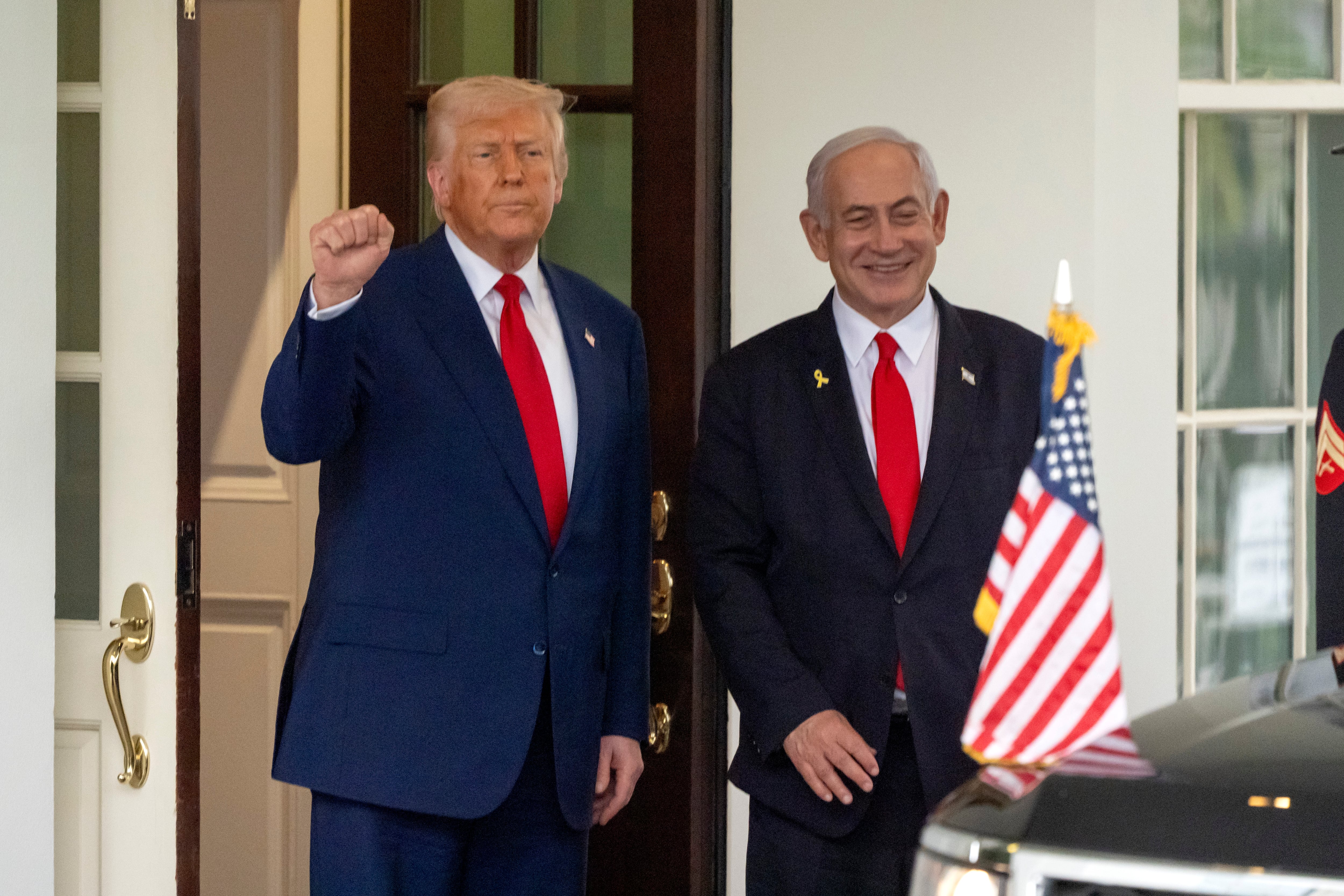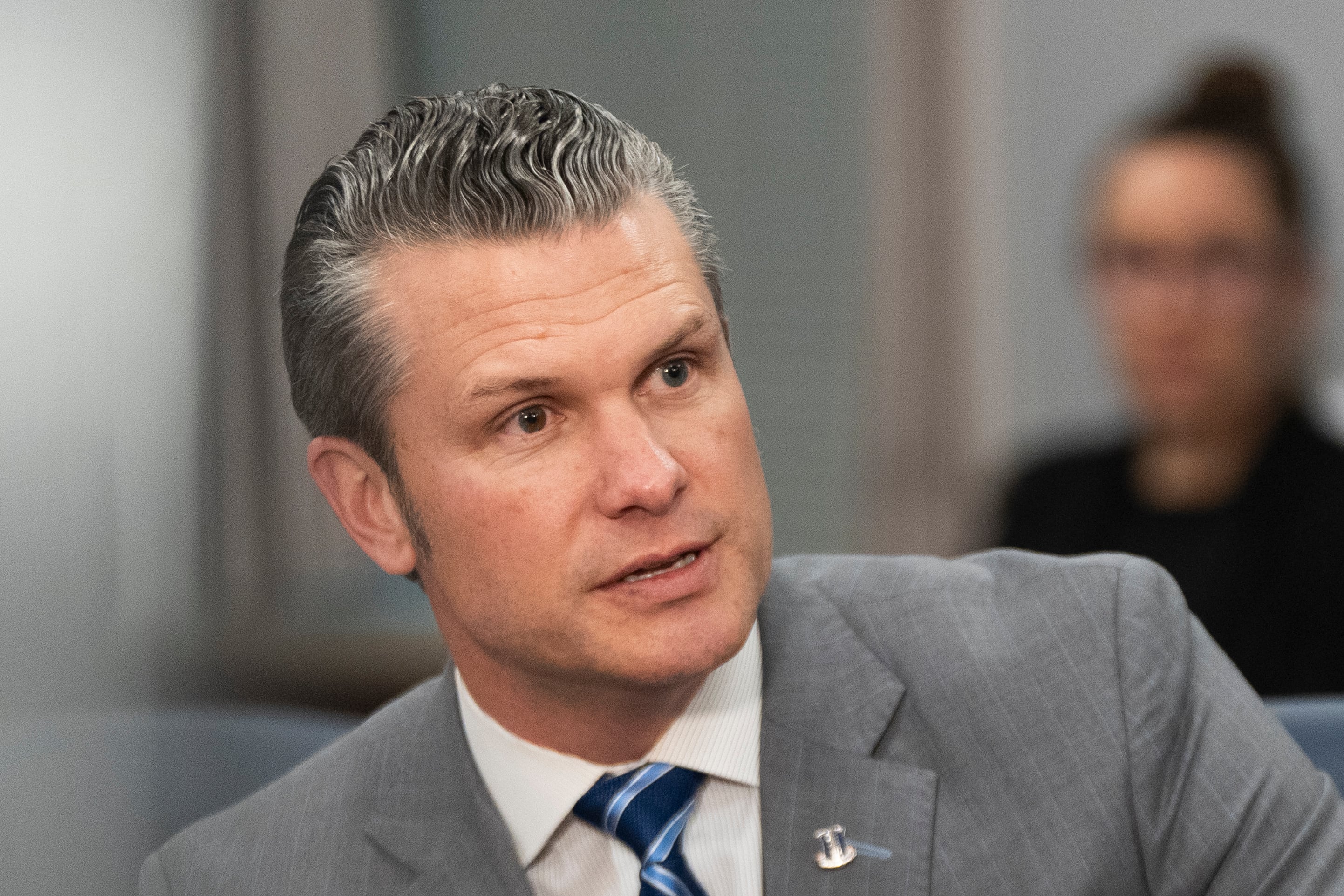In an era when forward-deployed, land-based crisis response units enjoy growing popularity in the Corps, Col. William Dunn is arguing the case for traditional Marine Expeditionary Units.
Fresh off his deployment with the 22nd MEU and the Bataan Amphibious Ready Group, Dunn is making the rounds and touting the flexibility, versatility and effectiveness of the seaborne expeditionary force. The nine-month pump saw the MEU's elements simultaneously cover a variety of challenges while scattered across Africa, the Middle East and the Mediterranean.
"The reality is sovereign U.S. soil that can be moved 400 to 500 miles in a 24 hour period gives us the ability to project power anywhere inside the [area of operation]," Dunn, the MEU's commanding officer, told a gaggle of reporters and policy experts on Tuesday at the Potomac Institute for Policy Studies, a Virginia-based science, technology and national security-focused think tank.
More on the MEU's deployment: 22nd MEU conducted air strikes, Iraq embassy reinforcement
Just months into the deployment, Dunn and Navy Capt. Neil Karnes, the ARG commander, saw the MEU carrying out missions in multiple theaters.
After offloading amphibious assault ship Bataan for the highly anticipated multinational Eager Lion exercise in Jordan in late spring, Dunn was ordered to the Mediterranean instead. He quickly had the Bataan reloaded, leaving amphibious dock landing ship Gunston Hall behind with about 500 Marines, tanks and other vehicles behind.
The decision left the MEU both disaggregated and split, meaning ships were operating in different theaters and more than 200 miles — helicopter range — apart.
Being one or the other is commonplace. Doing both is unusual, Dunn and Karnes said.
"I don't know how much more complicated you can get," Karnes said.
For Dunn, though, the uncommon circumstances underscored the benefits of the MEU. His best example is the rescue of migrants stranded between the African coast and Italy in the U.S. 6th Fleet area of operations in June.
The Bataan plucked 282 people out of the Mediterranean, treating about 16 suffering from devastating injuries, while monitoring turmoil in Libya. Other elements of the MEU simultaneously conducted exercises and operations in the Persian Gulf and Middle East in the U.S. 5th Fleet area of operations.
"Part of all of this that drew some attention was can you do this rescue effort at the same time while you're still maintaining alert and the answer is: 'Yes, we did.' And that's what was critical about this, to make sure we could do both," Karnes said. "We are, at one point, doing four missions all simultaneously. We did it successfully."
"If we closed up shop then and went home that would have been a successful employment," Dunn added.
Juggling missions while spread across two theaters became a running theme during the deployment. As the threat from the Take the rise of the Islamic State group rose in Iraq, for example, Dunn's Marines were tasked . Tasked with reinforcing the U.S. Embassy if necessary. , Dunn's Marines readied for action there not long after the rescue effort.
Allowed to maintain command and control of his assets no matter their location, Dunn rendezvoused MV-22B Ospreys laden with Marines from the Mediterranean and Middle East in Kuwait. There, they went on 60 minute standby.
As they waited, Dunn's Marines also prepared to deal with threats related to the anniversary of the September 11 terrorist attacks. Meanwhile, aircraft aboard the Bataan mounted intelligence and surveillance missions.
"We were once again giving the [combatant commanders] the opportunity to cover multiple missions," Dunn said.
It's just one of the advantages of a seaborne MEU, he argued. He used training as another example: SPMAGTFs need host nation permission to launch missions, meaning exercises required seven to 10 days of notice. The MEU faced no such restrictions, Dunn said.
"We wanted everybody to see in the Mediterranean that there were Marine airplanes flying around," he said. "We did that at will."
Dunn is quick to note MEUs and SPMAGTFs augment each other, swapping equipment and supporting one another. He described the cooperation between the commands as seamless.
But "since we have the ability to be on the ship, we don't have to compete with them," he said.




